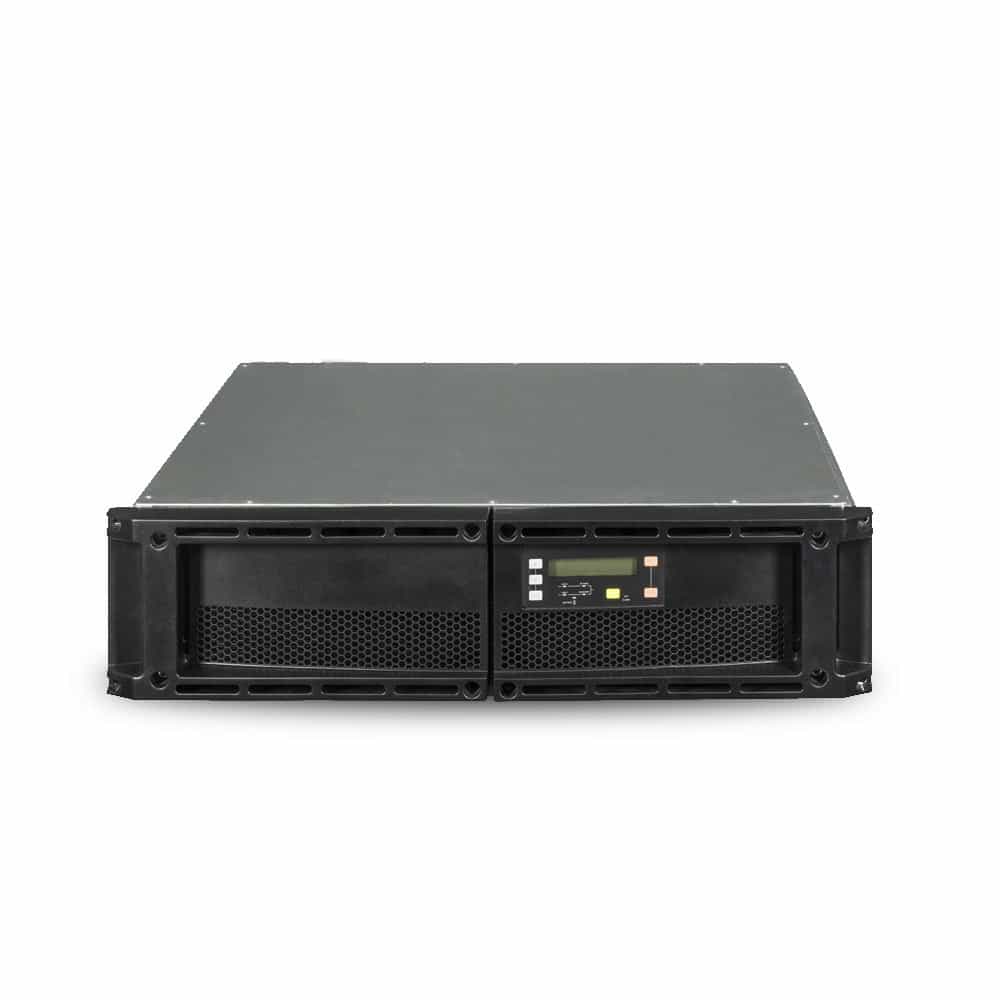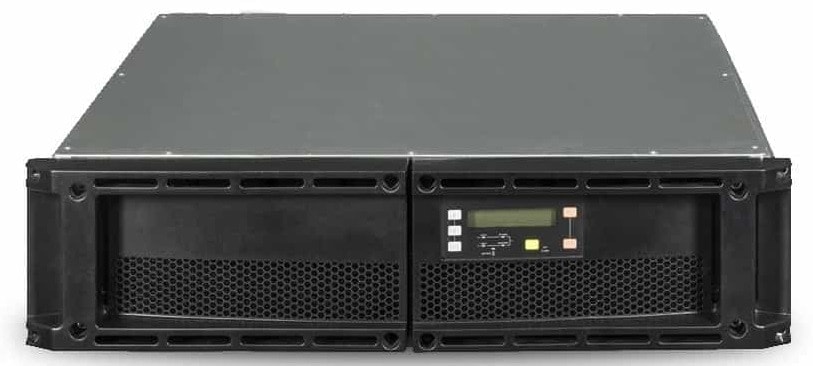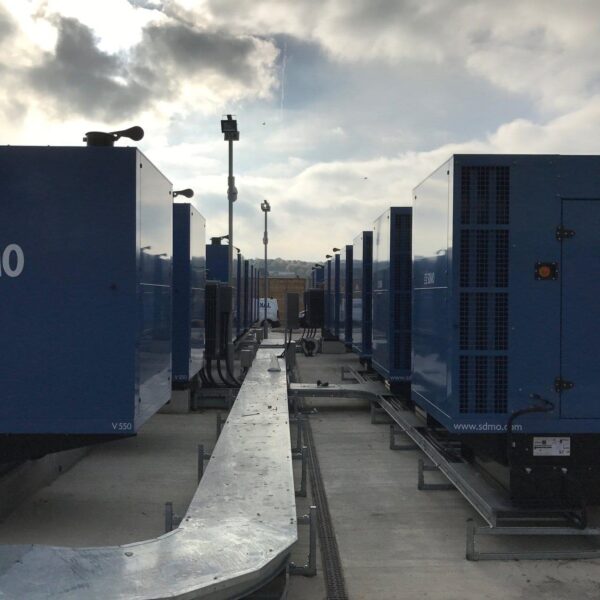Transformerless UPS technology, once established, rapidly became dominant because it enabled much smaller, lighter solutions. These allowed systems to be built from several relatively small modules rather than a single monolithic unit. The two key advantages of modularity are scalability and rightsizing, and the ease of building in N+1 redundancy. Both are facilitated because modularity allows total UPS capacity to be adjusted in small increments.
However, not all modular system architectures are the same. In some, the modules are not truly independent; they share some common components, notably the module control circuitry and static switch. This approach is known as Centralised Parallel Architecture, or CPA. Originally parallel systems with this architecture were the only type available due to the complexity of data and signal processing required to effectively control a decentralised system.
Its attraction, even now, is that it offers a cost saving advantage, since duplication of components and subsystems is reduced. Its major drawback, however, is that the centralised nature of the control and power switching components introduces a greater number of “single points of failure” into the system, which adversely affects its availability.
KOHLER PW 9500DPA 100kW module
One argument sometimes advanced in support of the centralised parallel system is the fault clearing capacity of the Central Static Switch. However, modern decentralised systems incorporate internal static bypass switches capable of matching or bettering the fault clearing capacity of the Central Static Switch.
DPA Configuration
UPS modules in a DPA system are practically identical to a stand-alone UPS. Some manufacturers design their UPSs to be used in either configuration without modification.
Decentralised parallel UPS systems always have one module performing the master role with the other modules in the system being Slaves. If at any time the Master becomes faulty, or is isolated for maintenance or other reasons, the next UPS in the system (former Slave) will immediately take over the Master function and the former Master will switch off.
In a DPA parallel system, all the UPS modules feed the critical load directly. The system capacity depends upon the UPS module rating and the number of modules used. The modules are usually mounted within a frame; by providing the frame with spare capacity, more modules can quickly be added for future load expansion, or redundancy. This expansion is easy, because it can be done without having to modify or shut down the system.
By contrast, it may be necessary to upgrade the static switch and circuit breakers when adding modules to a CPA system. Additionally, the centralised parallel system’s typical need for a separate central static switch (CSS) cabinet makes it physically larger, more complicated to install and more expensive than its decentralised counterpart.
When these considerations are added to the DPA systems’ inherently superior availability, it’s not surprising that decentralised parallel systems have become the most popular choice.






